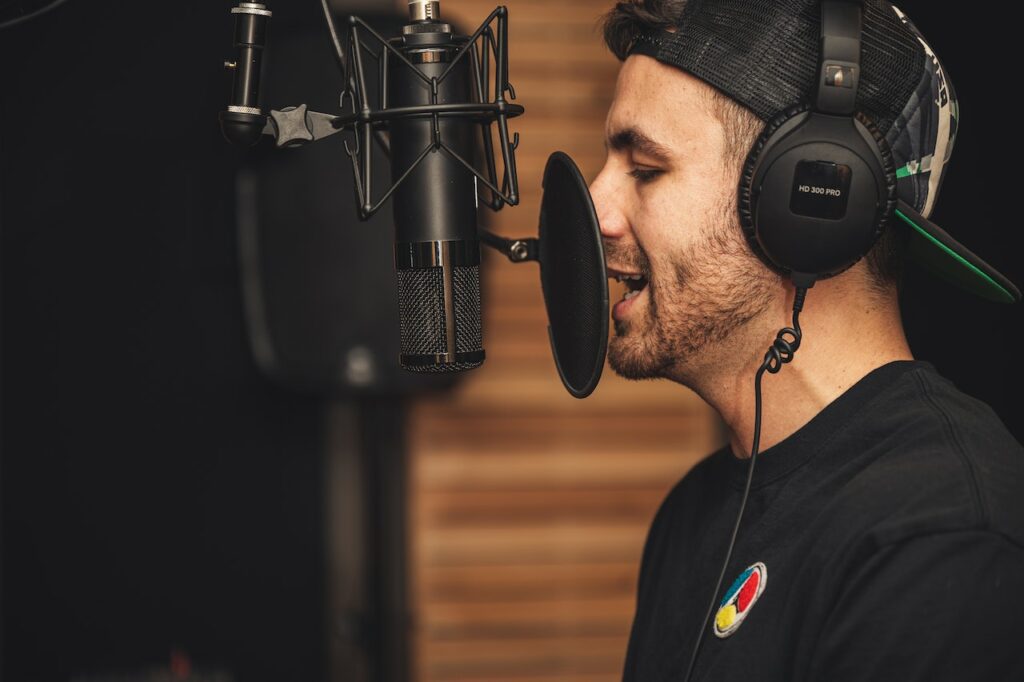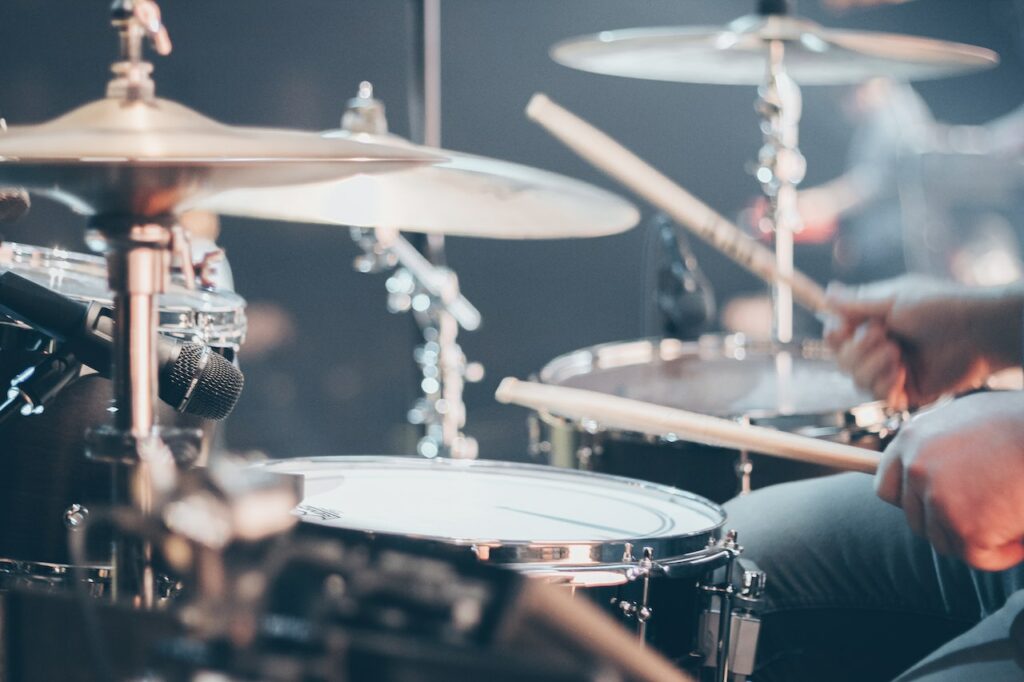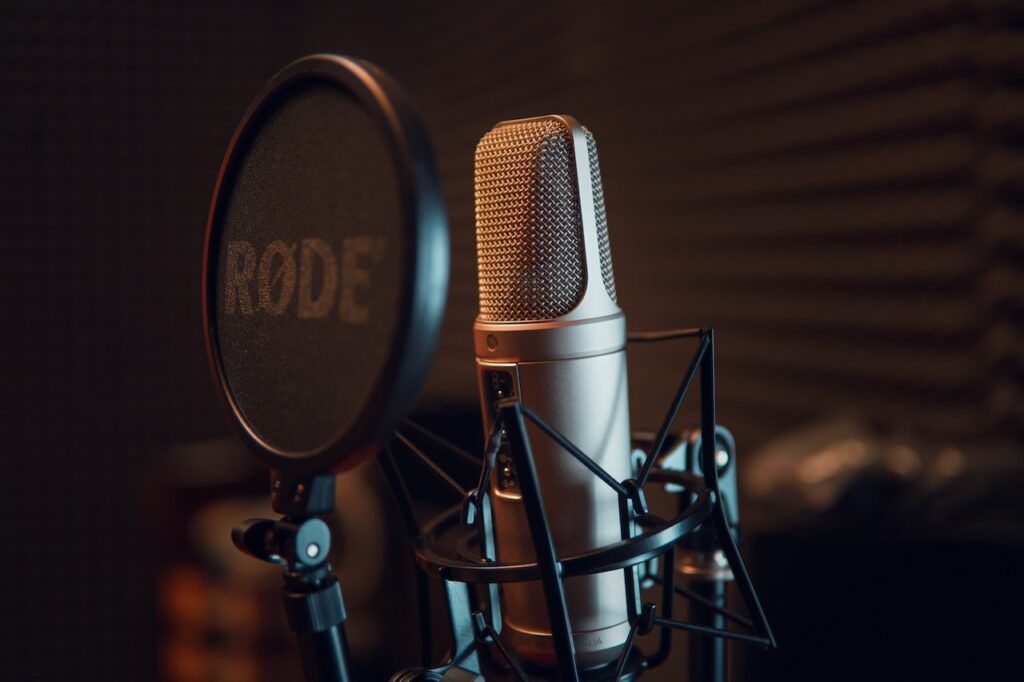Tips for Mixing Powerful Drums and Impressive Vocals: The Indie Filmmaker’s Guide to Mastering Audio
Are you an independent filmmaker looking for tips to mix vocals? Or are you a music producer focusing on mastering drum sounds for a professional production? We have the perfect audio guide to help make your production the best it can be! Get ready to learn all the tips and tricks to make your mix sound professional. From exploring drum mixes, creating the perfect drum kit sound, and crafting a natural drum set sound with high pass filters to making the drum track sound aggressive, this guide has it all! Let’s get started mixing drums now!
Tips for Mixing Vocals for Independent Filmmaking
As an independent filmmaker, you may think that you don’t have enough resources to achieve professional quality for mixing vocals. However, with the right tools and techniques, you can achieve excellent results. A good starting point is to understand the basic elements of vocal production, including equalization, compression, and reverb. Equalization will allow you to tailor the sound of your voice according to the sound of the film. Compression will give your vocal sound more dynamic range, while reverb will add depth and atmosphere to the mix. Additionally, take time to experiment with effects like chorusing and delay, which can create exciting vocal textures.

Master Mixing Drums for a Professional Drum Sound
Mixing drums effectively and professionally can be one of the more daunting tasks a filmmaker faces. However, it doesn’t have to be if you follow these tips for mixing. Start by setting up a high-quality drum kit – a starter kit is usually fine – and create a good recording environment. Then, you’ll need to use a mix of processing techniques, including equalization, compression, and reverb, to get the perfect drum sound. Additionally, using a drum bus can help you sculpt the overall tone of the drums. Then, cutting back the frequency of low-end sounds with a high pass filter and adding a bit of gain reduction can help you achieve a natural and balanced drum set sound. With practice, you’ll be able to develop a process for quickly mixing drums and creating a compelling sound.
Exploring the Drum Mix – Using a Drum Bus and Getting Creative
Mixing drums can be a tricky process, but the results can be extremely rewarding. When creating a drum bus, it’s important to identify the goals of your mix. If you’re going for an independent film score, you need to stay away from the natural sound of the kit and focus on clarity, texture, and dynamics. Your bus should have the ability to control the tone and level of the drums in one place. Start by routing all of the individual drum tracks to a central path in your DAW, where you can begin to sculpt their sound. Mess around with EQ and plugins to find a unique sound that fits your mix. Have fun with it, and don’t be afraid to experiment!
How to Create the Perfect Drum Kit Sound
Want to know the secret to getting the perfect drum kit sound? Commonly used techniques like equalization (EQ) and compression are great at changing the tone of a drum kit, but one of the most powerful tools to achieve a professional drum kit sound is gain reduction. Gain reduction is a great tool to help you bring out the best of your drums. Start by tweaking the gain of each drum until it blends well with the rest of your mix. Then, use compression to make sure the drums don’t overpower the rest of the mix. Finally, use an EQ for subtle tonal changes. With these simple techniques, you’re sure to get an amazing drum sound!
And if you would like to learn more about sound design, check out our guide all about the basics of great film sound.

Crafting a Natural Drum Set Sound with High Pass Filter and Gain Reduction
Creating a natural-sounding drum set sound takes practice, but it is possible to get an application of a great-sounding, balanced mix that shows the depth of your drum kit by following these tips for mixing. You can layer distant sounds and close mic sound to craft an ethereal drum sound. To achieve this, use a high-pass filter (HPF) and a low-pass filter (LPF) to take out the excess rumble and accentuate the top end. By using an HPF and LPF, you can make sure your drum set sound fits in with the other sounds in your mix.
To achieve a natural drum set sound, you also need to apply gain reduction. After you’ve applied the HPF and LPF, use a compressor to round out the sound and minimize unnecessary transients. This will allow you to capture a wide range of frequencies, from low-end rumble to high-end attack. The compression will help your drum set shine in the mix and stand out from the rest of the instruments.
Finally, adding a deep reverb to the tail of your drums is an effective way to make your drum kit sound more thorough and layered. This will make your drum sound come alive and blend perfectly with the rest of the instruments. Crafting a natural drum set sound with HPF, LPF, and gain reduction can be tricky, but it’s well worth the effort.
Make Your Drum Track Sound Aggressive with Overhead Mics, and Start Mixing Drums Now!
Mixing drums often requires a large range of sounds and tones to achieve an aggressive drum sound. To maximize your impact, you can use both a close and distant microphone to capture the entire range of your drum set. Close mics will capture the punch and depth of the mix, while distant mics can capture the resonance of the overall sound. The use of both mics enables you to capture the intensity of the drum sounds and craft an aggressive sound with a dynamic feel.
Another great way to make your drum mix sound aggressive is to add distortion to your overheads. This is best accomplished with a distortion plugin, which will add unique color to your drums and emphasize the dynamic range of your drums. Adding distortion to your overhead mics will add grit and width to your drums and help them stand out from the rest of the track.

The Bottom Line
Mixing drums is a vital part of the sound-mixing process in independent filmmaking. It takes patience, practice, and creative experimentation to get the desired sound but by using these tips for mixing you can see a vast improvement. By utilizing drum buses and high pass filters, you can craft a natural drum set sound. Additionally, using overhead microphones and gain reduction can make your drums sound aggressive. Through the many tips provided above, you can now master the art of mixing drums and creating a professional sound every time.
This guide has been sponsored by Boombox. Check out their website if you’re looking for ways to optimize your audio file storage and expand your audio sharing capabilities. If you’re a songwriter, filmmaker, or music producer, Boombox might be the solution to any of your audio workspace hangups.
And if you’re looking for a way to jumpstart your indie filmmaking career, enter our film funding contest. With just one sentence, you can have the chance to win up to $10,000 in film funding to allow you to create your own movie. Enter now!